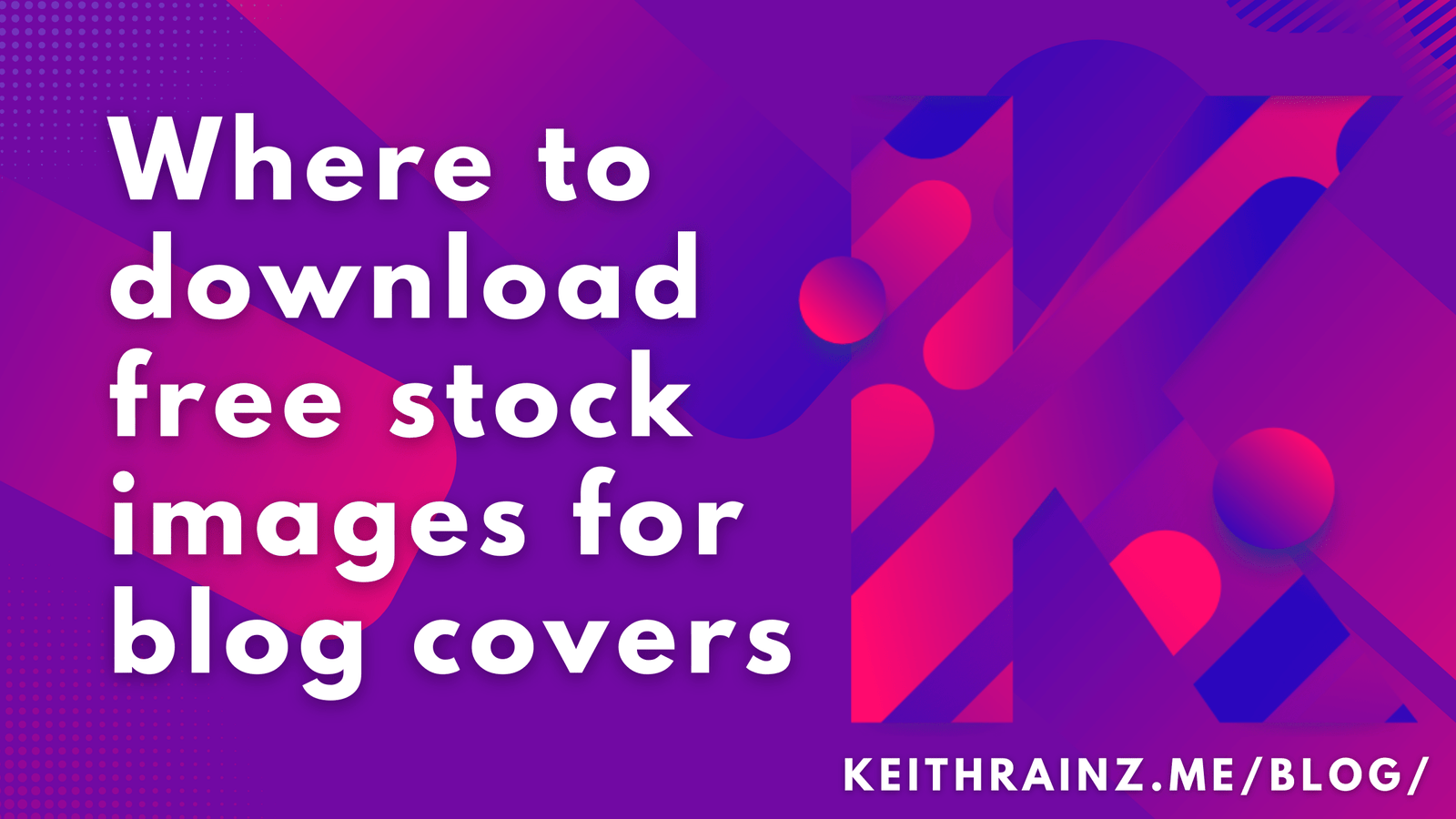Is it permissible to use any image from the internet? What about having access to free stock photographs as a blogger?
You could get in legal problems if you use someone else’s images carelessly. It is therefore critical to be aware of copyright laws while using stock pictures.
You can’t simply copy and paste an image from the Internet into your blog. Because this is a huge mistake. You’re jeopardizing your blog!
Before you begin your search, take extra precautions to select only legally sourced stock agencies. This will save you a lot of time and aggravation.
Images are crucial. They are a simple approach to improve your website’s user experience. Furthermore, graphics can assist you in attracting attention and guiding your visitor’s line of sight.
As a result, visuals can be quite useful when communicating crucial information.
So, in this piece, I’ll show you how to select the greatest high-quality, free stock photographs for your blog and how to use them in your posts.
Let’s take a look at copyright rules to avoid the legal issues that come with free stock photos.
So let’s get this party started!
Stock phots licenses you need to know about
Images that are royalty-free.
These are not public domain photos. The term “free” does not imply that the image is without expense. The image is royalty-free and comes with a one-time paid permission to use it.
The term “royalty-free” refers to the ability to use an image without having to pay additional royalties based on how many times you use it.
Commercial Use is permitted.
This means that the picture can be utilized in the marketing and promotion of a product for monetary gain, either directly or indirectly.
For example, commercial use is when you use a photograph to persuade people to buy something or visit your website, resulting in a sale.
Use for non-commercial purposes only.
This means that the image can be used for a variety of purposes, including non-commercial personal projects.
Presentations, research papers, and screensavers are all examples of non-commercial image use.
Labeled “Reusable.”
This indicates that you can use the image for non-commercial uses as long as you follow the licensing guidelines.
Labeled as suitable for commercial usage.
This implies you can use the image for commercial purposes.
Stock Photos for Free
This means that the photographs can be downloaded and used without giving credit to the original creator. Acknowledgement, on the other hand, is always welcome.
Other legal terms you need to know when it comes to stock photos and videos
Creative Commons license (CC).
This is a public copyright license that allows an otherwise copyrighted “work” to be freely distributed.
The creator grants permission for others to use and distribute the work they have created.
Zero (Creative Commons) (CC0).
This indicates that the creator has surrendered all rights to a work and has dedicated those rights to the public domain.
Acknowledgement or attribution
If the image isn’t licensed under the Creative Commons Zero (CC0) license, give credit to the original creator.
When looking for photos to use in your blog posts, keep these legal requirements in mind. Every website has a terms of service section that explains how you can use their images.
In the public domain (PD)
The word “public domain” refers to creative images for which the copyright has expired. If a photograph is in the public domain, there are no restrictions or limitations on how it can be used.
Free stock photos websites for bloggers
1. Unsplash
You can download and use gorgeous, free photos and high-resolution photographs on your site.
Unsplash is a fantastic resource for free blog images that are either creative commons licensed or in the public domain.
I enjoy looking through the collection for photographs with negative space that may be used to write on. For the internet business niche, the Work collection is also one of my faves.
They have over a million stock photos in their database, and they upload 10 new images to the site every day.
The photographs on Unsplash are stunning, and they’re all free. Unsplash is a fantastic resource for free blog images that are either creative commons licensed or in the public domain.
2. FreePhotos.net
It was previously known as stock.xchng. Over 300,000 high-quality free stock pictures are available on FreeImages. These images are royalty-free and can be used on your blog.
They have the following collections:
Food, drink, business, finance, landscapes, transportation, sports and fitness, and much more are among the topics covered.
3. Pexels
All of the photographs on this page were carefully selected from photos contributed by users or free image sources.
Pexels empowers creators by providing high-quality, free stock pictures licensed under the Pexels license.
4. Pixabay
Pixabay contains a large selection of high-resolution photos. The majority of their photos are for:
marketing and business
If you’re a content marketer or blogger, you’ll find them useful. Pixabay also has the advantage of providing free vectors and graphics.
5. burst
Burst is a Shopify resource that offers free stock pictures to business owners.
It was created to assist business owners in creating better goods, websites, and marketing strategies.
There are also more generic images available. Some photographs are Creative Commons CC0 licensed, while others are covered by Shopify’s own photo license.
6. Splitshire
Splitshire offers a professional image library of around 1000 photographs. They’re used in the business world.
7. Rgbstock
A group of photographers and graphic artists manage Rgbstock. The site includes over 100,000 free high-resolution stock pictures that may be downloaded for free. These free stock photos were created by artists.
8. Kaboompics
Kaboompics is a website that offers free high-resolution stock photographs with a natural vibe and a wide range of subjects. All of the more than 8000 pictures are available for free.
9. Foodfeed
This stock photo website can come in handy if you develop food-related material. On Foodfeed, you may find high-quality food photography that is both high-quality and free to use under the CC0 license.
10. PhotoPin
PhotoPin is a fantastic photo download site for bloggers. You can use their high-resolution, creative commons photographs in your blog entries.
Type a term into the picture search bar to find a photo of your choice, and PhotoPin will return thousands of relevant photographs for you to choose from. The majority of photographs on PhotoPin demand attribution.
conclusion
These basic practices will help you improve your content while also preventing you from using stock photographs incorrectly.
Avoid utilizing blurry or poorly taken photographs and instead use high-quality images.
Use images that are related to your content, as well as images that fit and complement your brand.
If necessary, make changes to the image, but don’t overcomplicate the process.
Make use of stock photos that are relevant to your target market.




